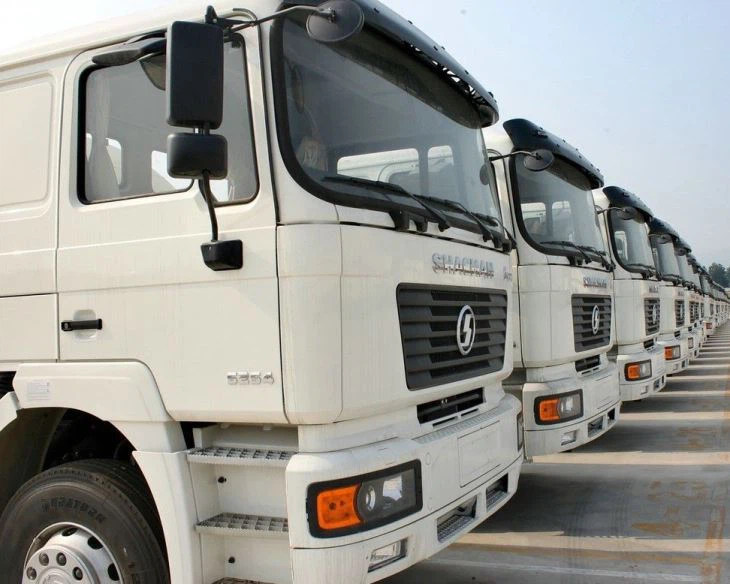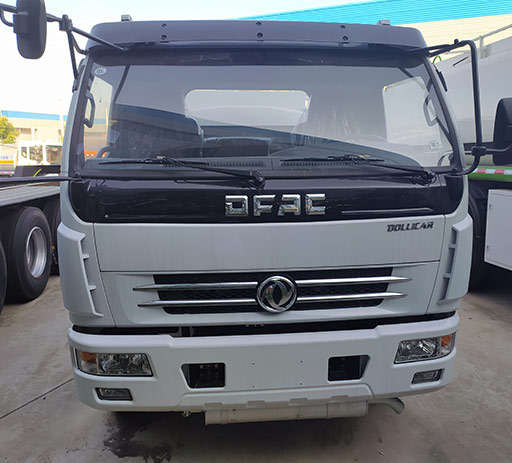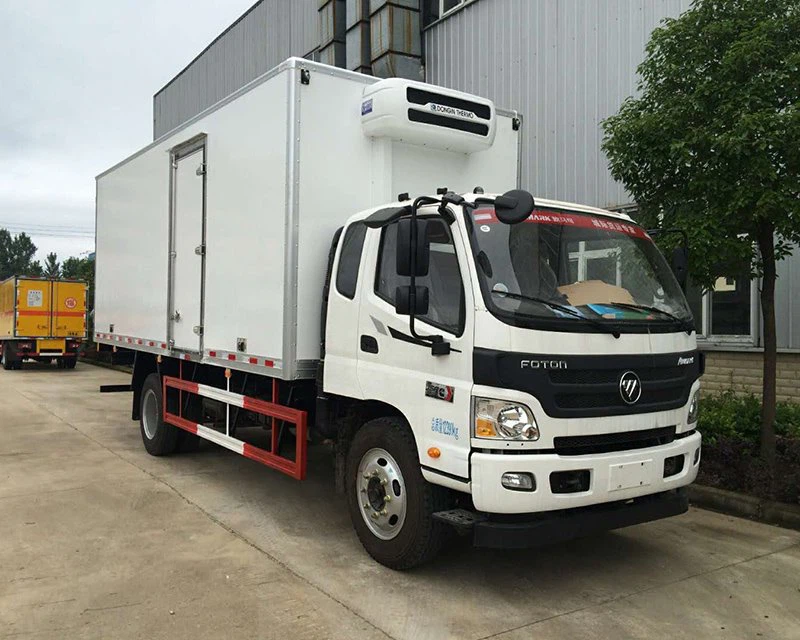Understanding the Difference Between LNG and LPG: A Comprehensive Guide

Introduction
Natural Gas is one of the most versatile energy sources used around the world today. However, two popular forms of natural gas—Liquefied Natural Gas (LNG) and Liquefied Petroleum Gas (LPG)—often cause confusion. This article aims to clarify the differences between LNG and LPG, their characteristics, uses, and advantages, ensuring that you have a solid understanding of both. Whether you’re involved in the energy sector or a casual learner, this guide will provide valuable insights.

What is LNG?
Definition
Liquefied Natural Gas (LNG) is natural gas that has been cooled to a liquid state at about -162°C (-260°F). This process reduces its volume significantly, making it easier to transport and store.
Composition of LNG
LNG primarily consists of methane (CH4), which makes up 85% to 95% of its composition. Small amounts of ethane, propane, butane, and other hydrocarbons may also be present, depending on the source of the gas.
Production Process
The production of LNG involves several steps:
- Extraction: Natural gas is extracted from underground reservoirs.
- Purification: Impurities such as water, CO2, and sulfur compounds are removed.
- Liquefaction: The purified gas is cooled to form LNG.
Storage and Transportation
Because LNG is stored as a liquid, it occupies less space than its gaseous form. It is transported in specialized cryogenic tanks and can be shipped across great distances, allowing access to markets that may not have natural gas infrastructure.
What is LPG?
Definition
Liquefied Petroleum Gas (LPG) is a flammable mixture of hydrocarbon gases, primarily propane (C3H8) and butane (C4H10). Unlike LNG, LPG is typically produced alongside natural gas and crude oil during refining processes.
Composition of LPG
LPG usually contains about 60% propane and 40% butane, but the exact ratio can vary. Other hydrocarbons may also be included in minor quantities.
Production Process
The production of LPG also involves several key steps:
- Extraction: LPG is obtained from natural gas processing and oil refining.
- Fractionation: The mixture is separated into its component gases.
Storage and Transportation
LPG can be stored in pressurized tanks, making it easier to transport. It is often used domestically in cylinders or piped systems for heating, cooking, and hot water.
Key Differences Between LNG and LPG
Physical State
The most apparent difference is their physical state at standard temperature and pressure: LNG is a liquid, while LPG is a gas that can be liquefied under pressure.
Composition
| Type | Main Component | Additional Components |
|---|---|---|
| LNG | Methane (CH4) | Ethane, Propane, Butane |
| LPG | Propane (C3H8) | Butane (C4H10) |
Energy Content
LNG has a higher energy content by volume compared to LPG. One cubic meter of LNG equals approximately 55 MJ, while LPG contains about 47 MJ per cubic meter.
Uses and Applications
LNG Uses
- Electric power generation.
- Industrial heating and processes.
- Transportation fuel (LNG vehicles).
LPG Uses
- Heating and hot water systems in households.
- Cooking fuel.
- Fuel for vehicles (autogas).
Environmental Impact
Both LNG and LPG are considered cleaner fossil fuels compared to coal and oil. However, LNG reduces CO2 emissions by producing less than LPG when burned. Additionally, LNG has a lower carbon footprint overall due to its efficiency.
Transport Infrastructure
LNG Transportation
LNG is transported via special LNG carriers equipped with insulated tanks to maintain its low temperature. The infrastructure required is complex and includes regasification terminals for converting LNG back to gas.
LPG Transportation
LPG can be transported in pressurized tanks and is more flexible in terms of distribution. It can be used in cylinders, pipeline systems, or tankers.
Safety Considerations
LNG Safety
LNG is generally considered safe due to its low flammability levels. In the event of a leak, it evaporates quickly and disperses into the atmosphere. However, proper handling and storage are essential due to the cold temperature and pressure required.
LPG Safety

LPG requires more stringent safety measures as it is a highly flammable gas. Leaks can lead to fire or explosions, thus proper storage and transportation protocols are crucial.
Cost Factors
LNG Costs
The cost of LNG can be influenced by production methods, transportation expenses, and global market dynamics. LNG’s higher energy content can offset transportation costs over large distances.
LPG Costs
LPG is generally more affordable in local markets and is often used for domestic purposes, which may not require extensive transportation. However, prices can also vary based on demand and supply.
Regulations and Standards
LNG Regulations
Due to the complexities of LNG transport and handling, there are strict regulations worldwide governing its safety and environmental impact. Countries have established standards to follow during the extraction, transportation, and regasification processes.
LPG Regulations
LPG regulations focus on safe storage, distribution, and usage to prevent accidents. Many regions have specific codes and standards to comply with to ensure safety for users and the environment.
Future Trends
Emerging Technologies
Advancements in technology are leading to enhanced efficiency in LNG production, storage, and transportation. Innovations like small-scale LNG plants and floating regasification units are proving beneficial for remote areas.
Sustainability Initiatives

Both LNG and LPG are promoting initiatives to reduce their environmental impact through carbon capture and storage solutions. As global energy demands evolve, the market is seeing a transition to more sustainable practices.
Conclusion
Understanding the differences and applications of LNG and LPG is crucial for businesses, consumers, and environmentalists alike. With their evolving technologies and the increasing demand for cleaner energy sources, LNG and LPG will continue to play a pivotal role in our energy landscape.
FAQs
1. What are the main uses of LNG?
LNG is primarily used for power generation, industrial heating, and as a transportation fuel for LNG vehicles.
2. How is LPG stored and transported?
LPG can be stored in pressurized tanks and transported in cylinders, pipelines, or specially designed tankers.
3. Which is more environmentally friendly, LNG or LPG?
While both are cleaner than coal and oil, LNG generally has a lower carbon footprint than LPG when burned.
4. Can LNG be converted back to gas?
Yes, LNG can undergo regasification to convert it back into a gaseous state for distribution and use.
5. What safety measures should be taken when handling LNG?
Due to its low temperature and pressure requirements, strict handling protocols must be followed, alongside proper storage practices.
6. Are LNG and LPG interchangeable?
No, LNG and LPG are different substances with distinct uses, compositions, and properties. They are not interchangeable.
